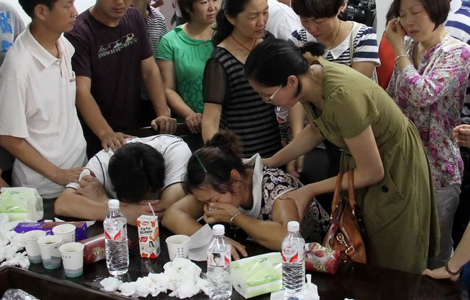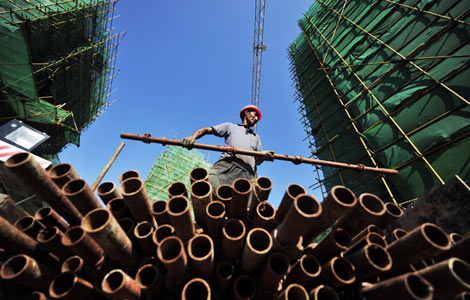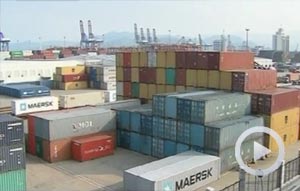A softer attitude to slower growth
Updated: 2013-07-08 07:42
(China Daily)
|
||||||||
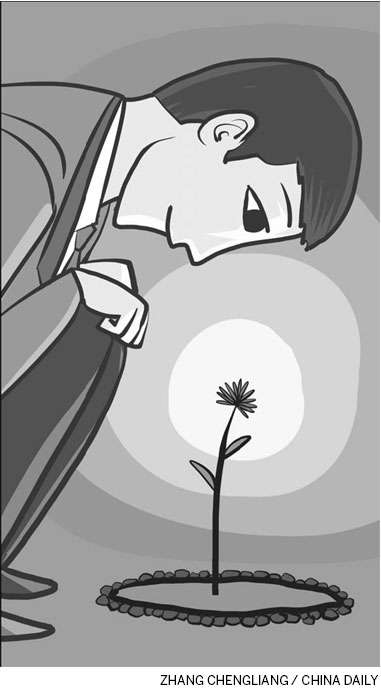
New economic policy regime may lead to more sustainable expansion
The focus of China's new leaders differs substantially from that of their predecessors.
In the first quarter of this year, GDP growth was 7.7 percent, down from 7.9 percent in the fourth quarter of last year. In April and May, indicators such as industrial production continued to fall, pointing to a significant likelihood that in the second quarter, GDP growth will fall further toward - and perhaps even reach - the official GDP growth target of 7.5 percent.
The government's reaction to such data in the past decade would probably have been to highlight the downside pressures on growth for a prolonged period and then start to take action to boost domestic demand, especially investment demand. However, so far the tone of most senior policymakers has been very benign and relatively relaxed.
It was not until June 17, during a visit to the National Audit Office, that Premier Li Keqiang acknowledged that "the economy faces downward pressures".
This reflects the fact that the new leadership is more tolerant of slower growth, although it is not completely disregarding the growth rate.
Instead of in effect viewing the 7.5 percent GDP growth target as the lower limit of a tolerable growth range, it probably views it more as a real target that it is comfortable with.
The official GDP growth target for next year is likely to be reduced, probably to 7 percent. This new approach suggests that, given the first quarter's GDP growth of 7.7 percent, there will not necessarily be an automatic policy response even if GDP growth falls below 7.5 percent in any quarter this year. The focus on financial risks has been the main driver of the recent liquidity tightening.
The new leadership is also more focused on structural issues, such as anti-corruption measures, environmental protection, financial risk, work/food safety and a reduction of administrative controls, among others.
It will probably take time for these measures to have an impact on the economy. By contrast, the shift in the monetary policy stance since mid-May, probably driven by risk control considerations, will put more downward pressure on near-term activity growth. In particular, tighter financial conditions in the interbank market have attracted the attention of the market.
But instead of viewing this as a random event caused by special one-off factors, we see this in part as a result of tightening aimed at preventing the leverage ratio from reaching an even higher level. This is because the control of funding costs for financial institutions via open-market operations is becoming an increasingly important policy tool, given that the narrowly defined renminbi loan supply is now an increasingly smaller part of overall liquidity supply.
Most Viewed
Editor's Picks

|

|

|
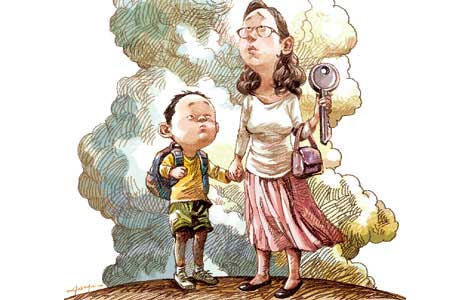
|

|

|
Today's Top News
Boeing 777 passenger 'mumbled a prayer'
Ex-minister gets suspended death
Workers return after dispute
Job seekers should be cautious abroad
River pollution sparks criticism
Terror attack was planned: suspect
Booming security industry needs skilled youth
A bright future for native black pigs?
US Weekly

|

|
